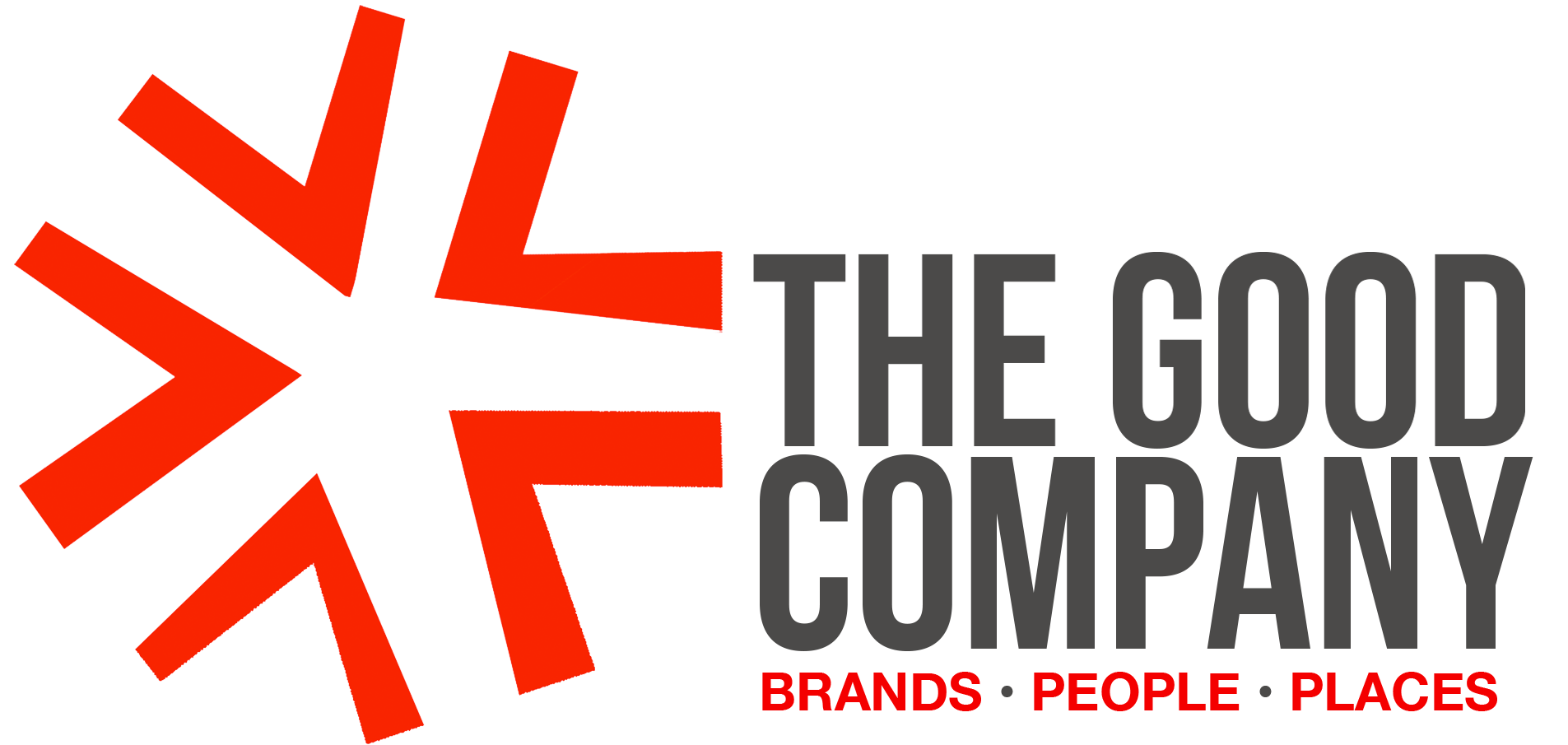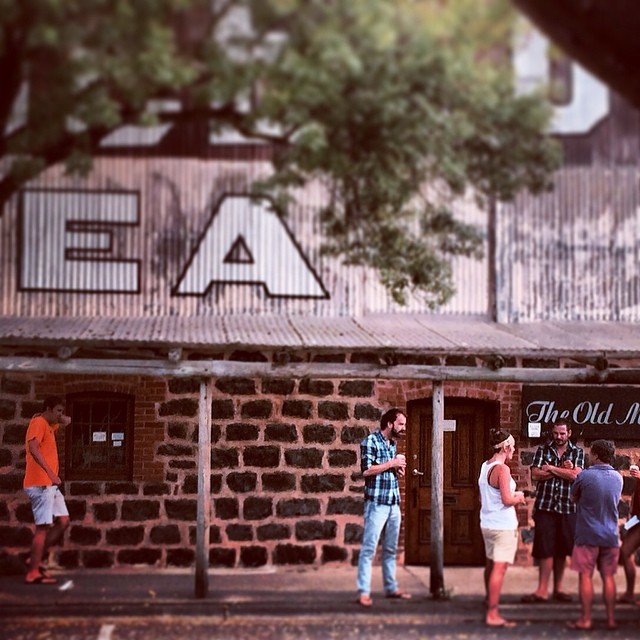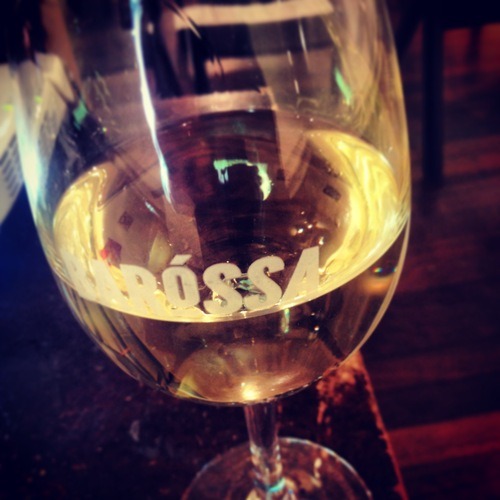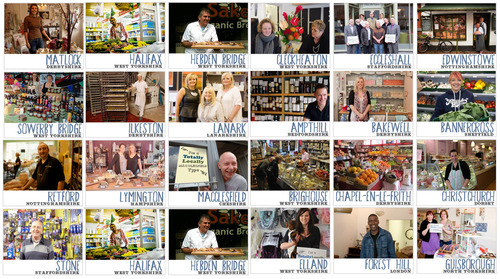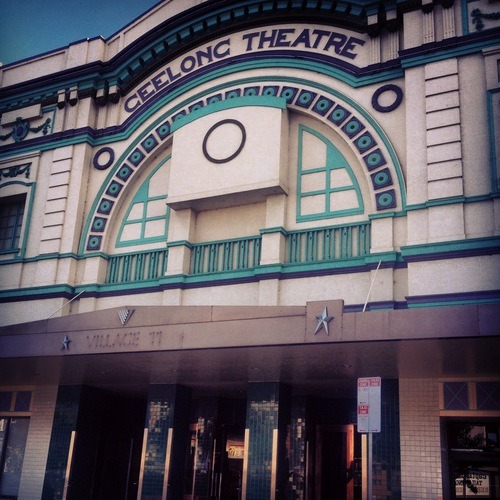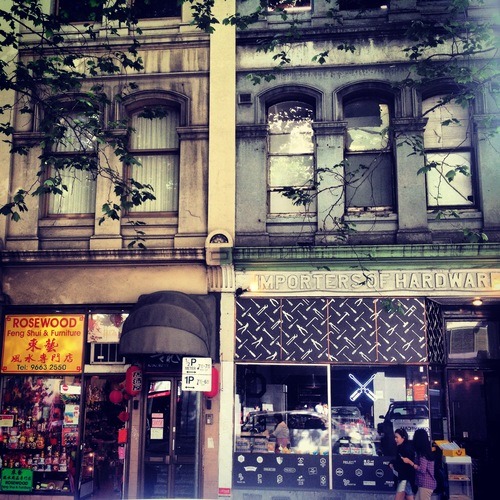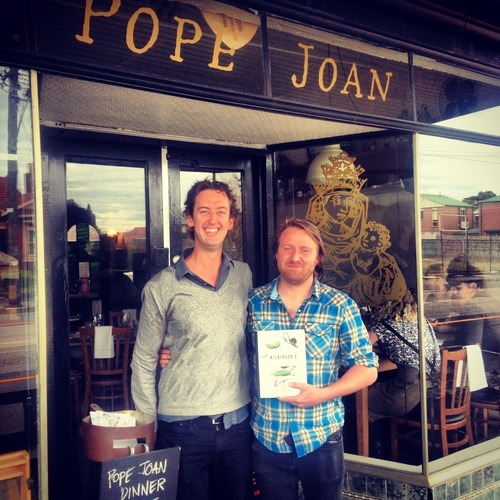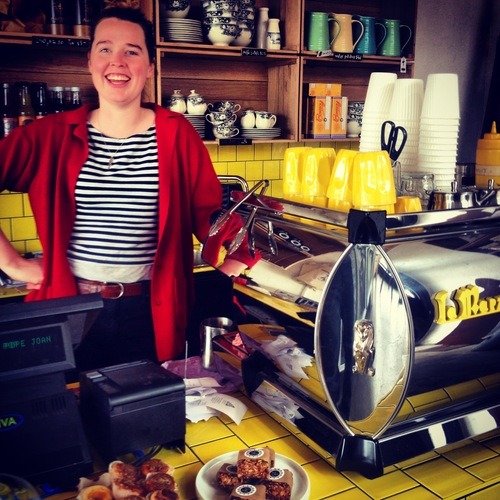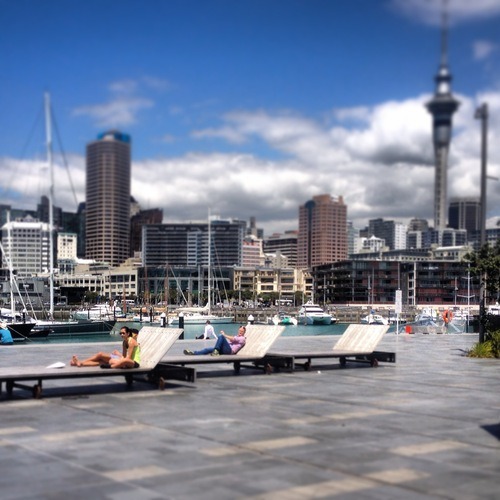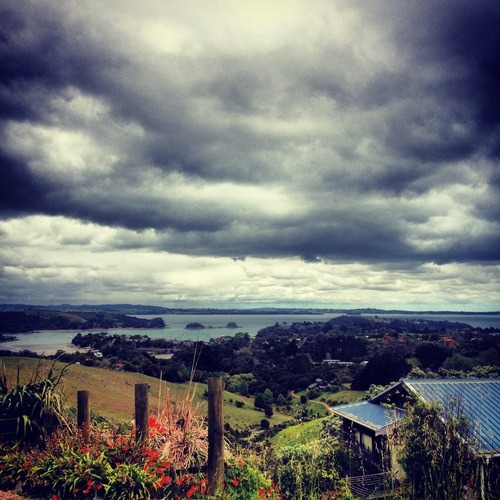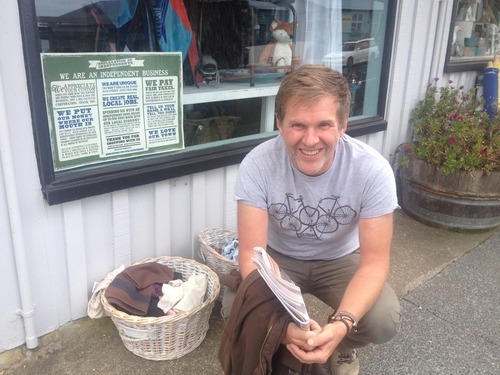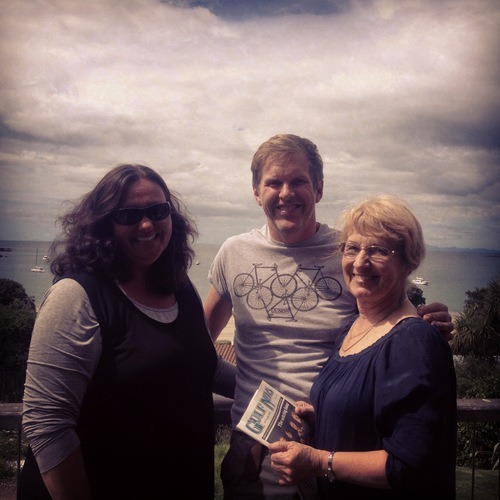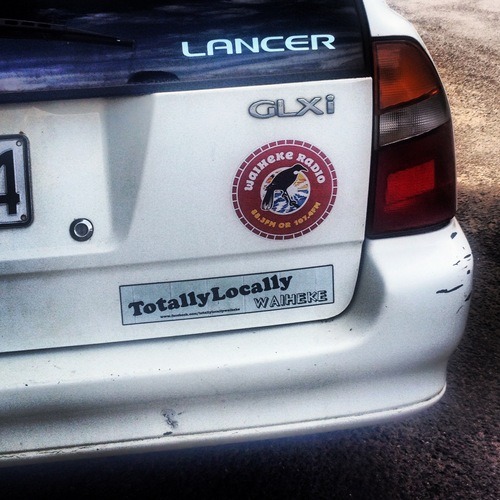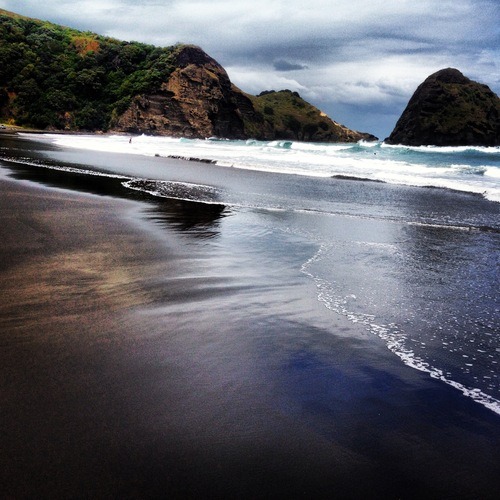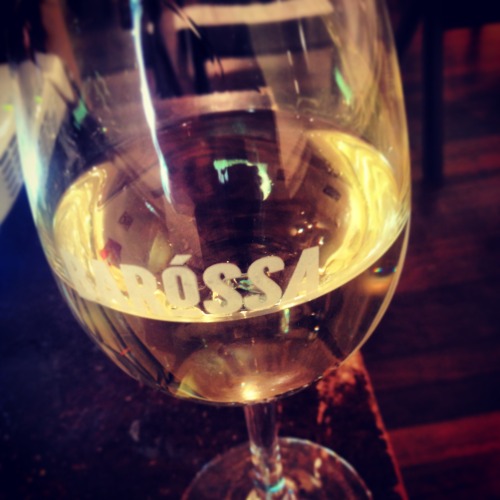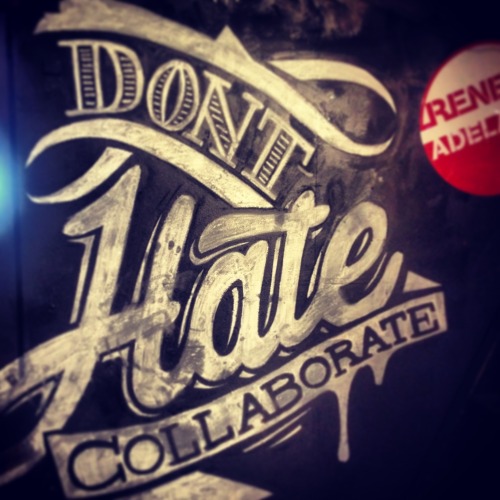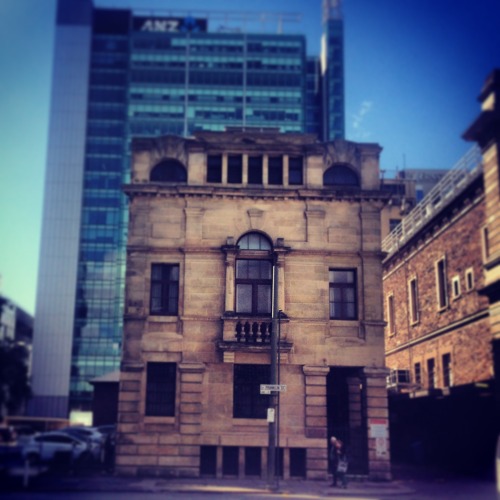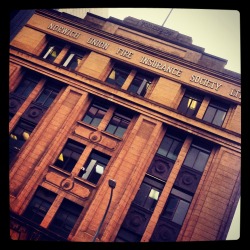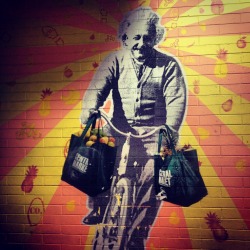

-
I was invited to talk in Australia by Hemisphere Design in Adelaide, linked with Regional Development Australia for the Barossa Valley, the renowned wine growing region of oz, and to speak at various venues across Victoria as part of the Main Street Australia Conference. Over the course of 18 days I delivered a total of 14 workshops, presentations and Q&A s with people as varied as town planners, mayors Government representatives, market traders, council members, renowned winery owners, food growers restaurant owners, community activists- in fact there’s bound to be a juggler and a sky diver in there somewhere!


I spoke to members of the Australian Government, The Planning Institute of Australia, Market Traders at the fabulous Adelaide Central Market, Geelong, Hulme & Moreland Councils, Barossa Valley Businesses (as part of the Adelaide Festival of Ideas), members of the Hallet Cove Community, and planners & place makers at Melbourne & Adelaide Hubs.

But they all had one reason for coming to the talks. They wanted to know about Totally Locally, how it has spread so quickly, with no money, no government backing and most of all how it has been so effective in helping to transform towns from Scotland to Wales, London to Yorkshire and Devon to Waiheke (the fore mentioned paradise island in New Zealand!).
And the talks were about one thing. It’s about people just doing it for themselves! No rules, no hierarchy, no committees. Give them the tools, give a bit of support (via a closed facebook group and lots of easy going instruction) tell em to have a bit of a laugh and ask no one’s permission. And light the blue touch paper!
Now being of European state of mind we assume the Aussies to be free thinking, devil may care, chuck some prawns on the barbie and she’ll be right sort of people. Surely they will operate their towns, councils and governments in a similar way? How wrong we are! There seems to be a culture of rules- In fact there probably a rule about which box to tick for how rule bound a project must be. Everywhere I went the main frustration was over red tape, rules, “you can’t do that”, and a generally “CAN’T DO” attitude. And this frustration was from planners, business owners, council members and government people too. It makes you wonder who actually writes the rules, as everyone seemed to hate what it is doing to their country.
There is also a genuine fear that corporate chains and absolutely huge out of town shopping centres springing up everywhere, is starting to have a big impact on the future of the Australian Main Street, small town and suburbs of Australia, and their survival into the future.
So the concept of a load of disparate towns in the UK getting off their arses and doing brilliant stuff for tiny amounts of money and then pushing the concept further and helping each other fired the imagination of our Australian friends. Especially the slide that says “ask no permission – not even from us. Just do it!”.
We did a workshop in creating an event or “thing” that has great impact in the community with a budget of no more than $50. After a resounding “that’s not much!” from lots, some frantic scribbling and chatting, loads of incredible ideas came out. And best of all hardly anyone managed to spend their $50. People genuinely committed themselves to doing what they said after too.

We built a 1 hour website for a town using iPhones and tumblr, worked on a shop local campaign across 4 suburbs of Melbourne and even started the idea of a young traders group, for all those cool hipsters under 30 running amazing cafes, bars and food shops. We then went into how you tie those ideas with other industries like design, architecture, accountancy and those aspects you don’t normally see on the Main Street, to create vibrant centres in places of high shop vacancy rates. And I have no doubt they will succeed knowing the people involved.
The talks after the presentations were always brilliant, and free afternnons ended up being spent drinking coffee or beer, discussing mad, crazy things and being taken to see some projects already on the go. And since I got back to the UK, there’s been messages to say parts of Australia jumping on board with Totally Locally, and adding their own twist. We talked local currencies, co operatives, food sharing, co-working and much, much more.

A special afternoon happened with Ben & Matt from a superb restaurant / cafe / bar / shop called Pope Joan. Everything we’ve been talking about in one place. A fridge hired out at minimal cost to the local farmers to sell their meat, hyper local suppliers, allowing a grower to put food beds in the yard of the restaurant, then paying him for the food when it was ready, everything. And Matt was from Barnsley! A coffee, turned to many beers and food. Lovely.

After a full on schedule in Australia I took the opportunity of being on the other side of the world to visit my brother and his family in Auckland, New Zealand. This was purely a wind down to see much missed family after all those talks.

But being in Auckland we HAD to take the 1/2 hr ferry journey to Waiheke Island. Yes it is as idilyc as it sounds – all palm trees empty beaches wooden house but also a thriving artist and ex hippy colony. They have been running the Totally Locally campaign via the online toolkit for 4 months with tremendous results. Much credit for how much it has been taken up can be leveled at the Gulf News, the local paper of the island and it’s incredibly supportive owner/editor Liz Waters and her partner in crime Kelly Bouzaid. They live and breathe Waiheke, and their passion for the place they live was infectious.

So when walking into the bar on the ferry from Auckland to the island, I saw a pile of the Gulf News I grabbed one for a read. My nephew carried it to our seat while I manhandled 3 cappuccino an then he started laughing. “Uncle Chris you’re in the paper!” And I was. A three page article on Totally Locally, and comparing our Calderdale town of Hebden bridge to Waiheke in the way it embrace local-ness, it’s arty vibe and it’s slightly off kilter way of looking at the world. And a photo of myself leaning on the iron bridge in Hebden, that Liz had taken on a fact finding mission to Calderdale during a holiday in England earlier this year.
You couldn’t make it up! And when we got off the ferry we saw banners, car stickers posters and all sorts all promoting Totally Locally Waiheke with all the messages we came up with on the other side of the world!

I met with Liz and Kelly for lunch and chatted to a few of the business owners. They told of how the campaign has brought businesses together for the first time with a focus to work alongside each other. “We’ve been trying unsuccessfully for 25 years to get people to re-think the Islands Independent shops and businesses”said Liz, “With Totally Locally it has finally worked”.

Kelly told me of the new found togetherness that the traders had found whilst working together, and also of the dentist who gained 40 (yes 40!) new customers during the $10 Town campaign (The NZ version of our Fiver Fest) . “These new customers would have normally used someone on the mainland after work”, said Kelly, “but when they read about the impact they could have on the local economy, they chose to move their business to the Island”. It was amazing to see the whole town kit being used with such effect, and great to talk to shop owners and businesses who were running with the whole thing.

I spent too much money on gifts for home too! But as Waiheke is a Totally Locally Island, does that mean I did my local shop? I think so.

A few days off with family, some cycling and a visit to Lion’s Rock, where one of my favourite films The Piano was shot rounded off the trip beautifully.

A BIG thank you to Stuart Heseltine, Steve Bentley & Graig Grocke for making the whole trip possible, & for their generous hospitality and to everyone who came along, said nice things and supported everything we did. Thank you – I won’t forget this amazing trip.
Some links you may like to explore:
www.mainstreetaustralia.org.au
www.totallylocallywaiheke.co.nz
-
Thoughts on #Adelaide
#TotallyLocally My week back in #Adelaide has been a crazy one. I’ve done talks to the Planning Institute Australia, Hub Adelaide, councillors, market traders, business owners, had a hug from the leader of a Council, met some of Australia’s big movers and shakers, and witnessed people getting so fired up about ‘just doing things’ for their communities.


And I even managed to get a nice bike ride to the beach!
As well as the talks I ran a workshop with town planners and council leaders, which went into real detail about empowering communities to take charge of their high street, but also just bringing in a new way of thinking.

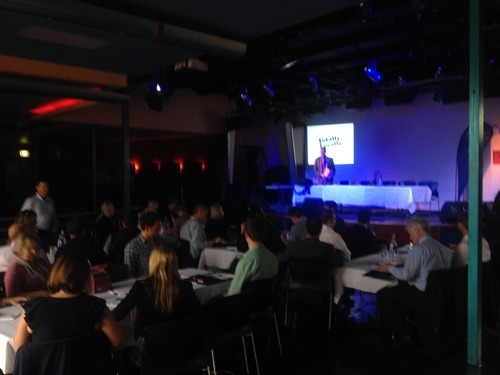

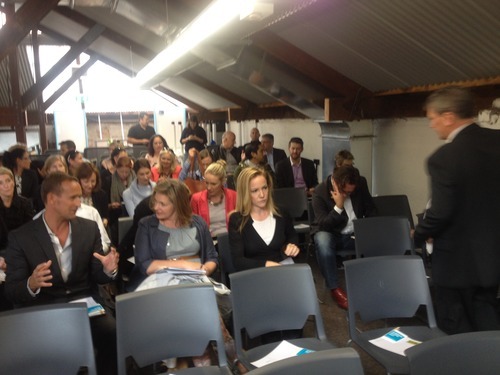
It was so good to know that all the theory talk is backed up by real life experiences and projects done by the Totally Locally towns. The stuff the towns had done without our input was the bit that made me the most proud, and was the most gob-smacking to the audience.. The fact that Totally Locally had inspired so many people to just go and do things (often better than the stuff that’s in the kit!) is probably the thing that has made all this fly. Quite funny for the scruffiest person in the room to be the speaker!
I spent much time around Adelaide Central Market which I love. Adelaide feels very like a large town, rather than a big city. It has spectacular architecture, huge parklands and a real quality of life. You can cycle or walk to either the Adelaide Mountains in the North or the beach in the south, all without touching the road, going though parkland and woodlands, running all the way alongside the river, – all from the city centre.

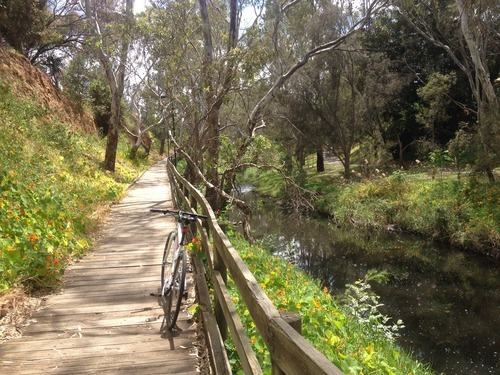
It makes for a great, vibrant, but ultimately laid back city.


I was give desk space at #HubAdelaide, a really cool place in the West End area of the city. It had hammocks, places to hang your bikes, great communal area and even a wooden shed for meetings!




With great staff, a real warm welcome and even a free massage & wine on a Friday- how good is that!


There was a lot of talk on how the East End of Adelaide was the way forward for Main Streets in Australia.

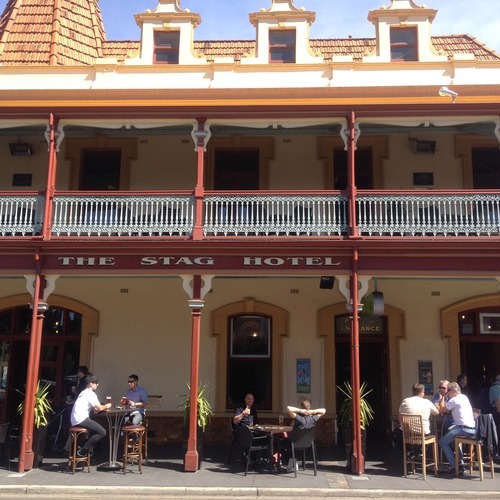
With it’s trendy boutiques, high end chain stores and LOADS of coffee shops & bars it reminded me of Leeds in the height of the economic boom in the UK. Very affluent, but a bit exclusive – especially when you looked at the prices of some of the stuff on sale! .
But there was also whole “What should we do about the terrible West End” thing going on.

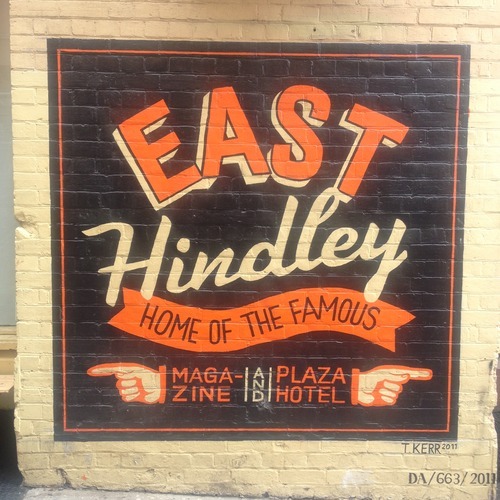
The West End is rougher, it has problems with drunks on an evening and it feels a bit run down. But do you know what, – it felt to me far more real and exciting than it’s posher cousin at the other end of town. I ate fantastic chinese meals for about $6 (£3), bought coffee much cheaper, met a magazine publisher who has his own little shop, browsed a second hand bookshop saw tailors and barbers and LOTS of life – shouting, laughing and generally having a good time – not taking themselves too seriously. It reminded me more of Manchester’s Northern Quarter (but sunny!).

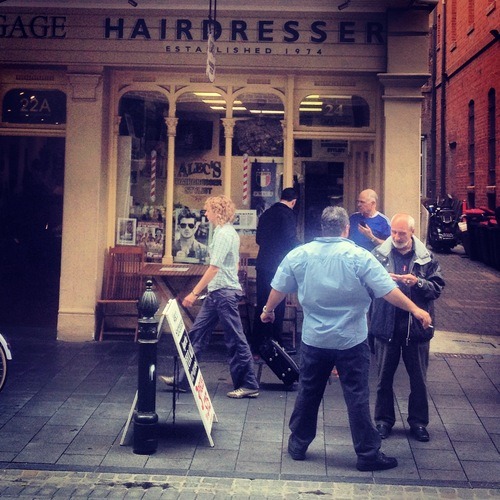
It begs the question is the Main Street (High Street in the UK) better when it’s all polished and nice with trendy boutiques, or when it has more of an edge to it, but by nature more diverse, and therefore, in my eyes, a much more sustainable centre. .

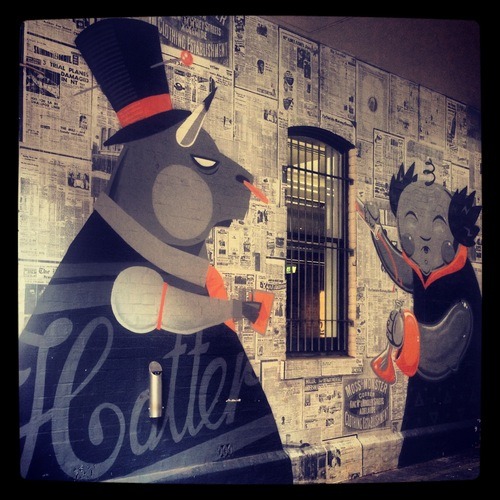
I suppose it depends who you are, but for me I like to see a new place different to everywhere else I go. It’s the old ‘clone town’ syndrome. So the West End gets my vote over the 2 ‘Ends’, but overall the wonderful Central Market gets my my winning vote for my favourite area in Adelaide.

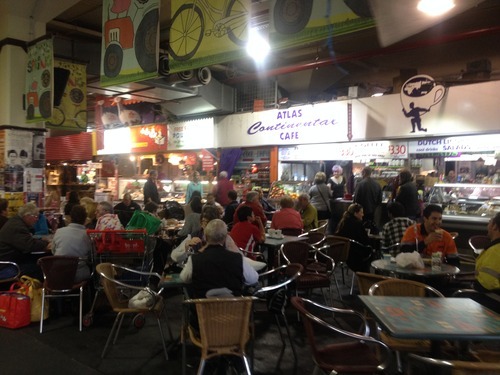
Especially at the superb late night market on a Friday evening. If you visit South Australia don’t miss it.


-
DAY 2
Tuesday I was met by Stuart Heseltine, who I’d met when he came over to the UK for some work, and taken to the Adelaide Hub, a really cool office space shared by 1 man businesses. A strong coffee & breakfast at the XXX Bar below, and then off to Barossa, where my first talk was to be held.Barossa is the main wine growing region of Australia. 85% of Aussie wines pass through the region. Not all are grown there, but the y go for blending and bottling too. The scenery is stunning! I mean really stunning. Rolling hills, miles of vineyards and tiny little Victorian houses with tin roofs.
Barossa was colonised by the German Lutherans in the early 18th century, when fleeing religious persecution they got sponsorship from benevolent land owners, recognising the work ethic and skills with wine growing they had. The arrived in Australia and worked for the land owners for 2 years to pay for their passage. After that the land owner gave the family a piece of land for themselves to farm. And the German heritage is really strong here still. The road names, the surnames of many of the residents, the massive number of Lutheran churches, and that German work ethic is still prevelant in the Borassa. And the person who had organised my trip was Craig Grocke – 8th generation Barossan (we even went to visit his family graveyard where his family plot goes back to 1815).
I was in Barossa as part of the Adelaide Festival of Ideas, presenting Totally Locally, as there’s been so much interest in the whole thing in Aus. I spoke at the art Gallery in Tununda. I was staying with Craig’s mum Faith, who was just ace, and I was put in the annexe of her beautiful victorian homestead, where I managed a quick 5 minute power nap – waking u with a start when there was a bang on the tin roof. I didn’t have a clue where I was. I found out later when Faith left a note that night “If there’s a bang in the night, it’s just the possums jumping on the roof”.
Jet Lag well & truly kicking in, then straight on to the first talk at The Tununda Art Gallery. It was a superb turnout, and a really receptive audience with business owners, community leaders and wine growers. And no supermarket wine and food afterward here. All the food and drink was grown within the Barossa. And it was just a matter of course, not something that was done for effect..
It’s strange for a Englishman to be in a place where wine is talked about like the weather is in the UK – ie it’s the main conversation. Over dinnner, lunch, meetings everything. It’s about the quality, which winery is doing something ‘exciting’, what the weather will do to the crop this year how the winds from the north change the taste of the wine. Fascinating stuff. -
A TOTALLY LOCALLY AUSTRALIA TRIP
I’m in Australia doing talks about Totally Locally & Valley of Lights and how to engage communities with different groups. Talking at various events including the ‘Adelaide Festival of Ideas’, the Main Street Australia Conference & Hub Adelaide & Central Market. It’s all about local distinctiveness, independent shops and business and keeping the high street alive by just doing stuff, not waiting for someone else to do it. These posts are part of that, but also about a bit the stuff I see & love on the journey.
DAY 1
After arriving to lashing rain, and not being able to find anywhere to eat, I woke up to an Adelaide of sun and promise.
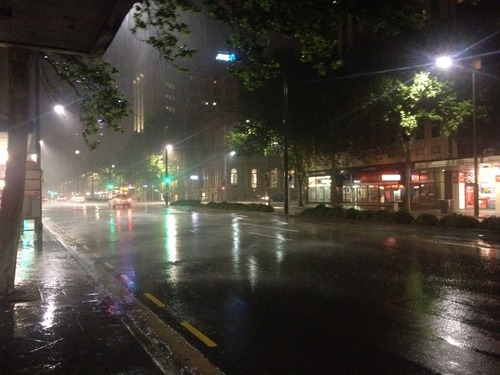

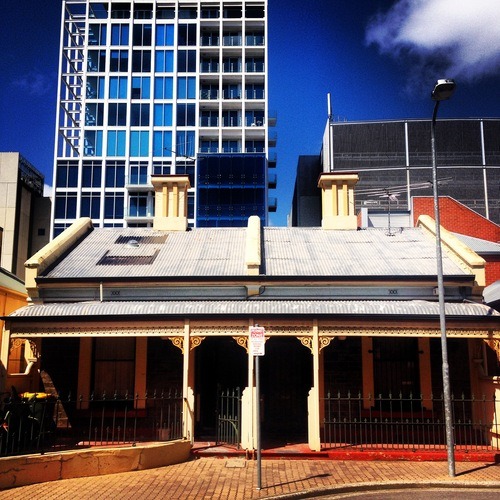
I’d researched where I was going, and as I had a day to myself before meeting my hosts Stuart & Craig, I did what I always do when in a new city – head for the market. And if you know Adelaide’s Central Market you know what a treat was in store. It was incredible. Big Victorian and bustling, with cool cafes and delis, chocolate makers, bakers and even a book store. This place was buzzing. I loved particularly the eating central areas set aside for people to sit with food bought from any stall.

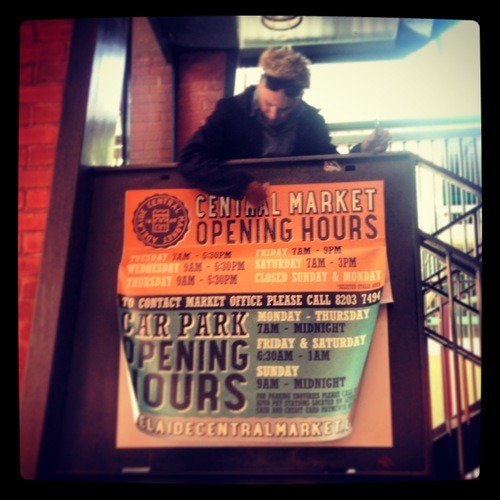
Some great graffiti and a fantastic huge pic of Einstein on a bike, complete with Central Market bag on his handlebars made the whole place feel contemporary yet it still had the feel of a traditional market. Which I like.

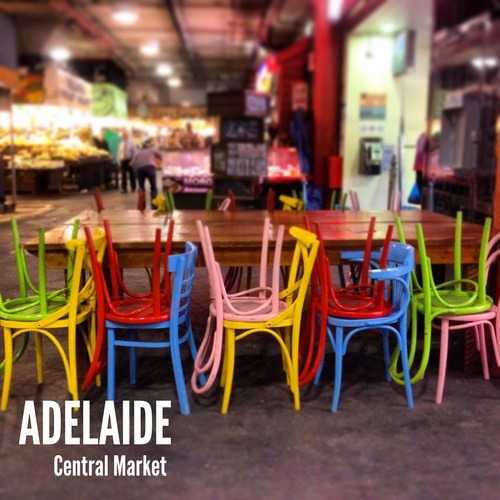



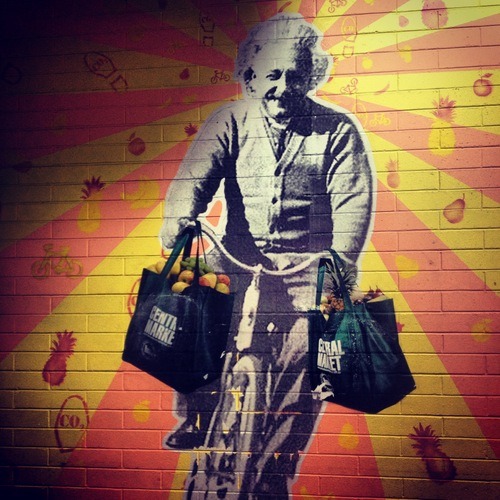
Sometimes with the trendi-fication of a market it loses some soul, and isolates the old customers. Adelaide still had it’s soul very much in tact.


I was acosted by a lady offering information from the official visitors stand. After a couple of pleasantries, her friend pipes up ‘Where are you from’. England. ‘Aw never mind sweetheart!.’ We then got talking properly. 90 and 84 years old, the 2 of them. . ‘We just volunteer because we love the Market and want other people to love it too’. After failing to coax me into a date with them both (anyway I’m married!), I wandered back through the shops and to my hotel.
Then I thought “I’ve got a big presentation tomorrow & I haven’t done any work for it yet. Cue blind panic and working until 2.00am. Jetlag sometimes has advantages! That was until I finally fell asleep just after 2 and woke up wide awake at 3.30. And that was my whole sleep until late the next night!
I spent some time in Chinatown too, which is directly connected to the market. There’s a huge Chinese & Vietnamese population in the city, and it makes for a really vibrant place. Asian food is really popular in Australia, and there was so many choices for lunch – buy as much as you can load on a plate for $6.50 (about £3.50) then walk 2 shops down to buy a glass of wine for $4, then sit in a big communal seating area to eat. All with the buzz of the market around you. Great stuff!
The Tale of the Magic Tenner. An amazing little film shot in Hebden Bridge, in Calderdale where Totally Locally HQ lives.
Inspired by our magic tenner idea, but we had nothing to do with it! It was funded by Pennine Prospects, who are all about supporting the area of the South Pennines, and produced by White No Sugar TV.
There’s loads of our mates in this, and to be honest we use every shop on here!
It’s a bout as simple and to the point explanation of how shopping locally can make a huge difference to the place you live.
Quality Sausage indeed!
-
Totally Locally Down Under

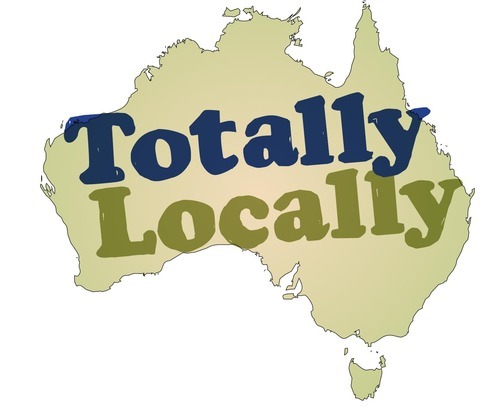
Totally Locally ha been going crazy. Very. It’s got a life of it’s own, and like that teenage kid that you kick out.. erm I mean ‘encourage to leave the house’ and make their way in the big wide world, we just hope we given it the right start in life!
We made the whole campaign into a downloadable kit in November 2012, a step by step guide of everything we’ve learned about working with towns, including motivating people, how to get round small town politics, having meetings that are actually fun(!) and how to engage with your local public. And guess what – it works!
We purposefully didn’t ask people to leave an email if they downloaded the kit, as we wanted the whole thing to be as true to the open source philosophy as possible. So we actually don’t know every town that is using it! We do now know its over 45, an possibly over 50 towns in the UK. And now it’s being taken up in New Zealand (Totally Locally Waiheke Island anyone?), USA and now Australia.
There’s been such a lot of interest in Australia, that I’m being flown over to do talks in South Australia (The Barossa Valley & Adelaide) & Victoria (Melbourne and Geelong).
This is all done as part of The South Australia Regional Development Organisation, The Main Street Australia Conference and other local government groups. I’m going to be doing talks, explaining the whole concept of ‘just doing it’ and also running some masterclass workshops. Which is exciting and just a bit scary!
For me one of the highlights will be running a workshop, and staying in the area of the town of Geelong. I was brought up there as a child, and left just before my 13th birthday to come back to England. I’ve never managed to get back there until now. Which is just amazing, especially as I hope to be helping people to contribute to the future sustainability of their town through local distinctiveness, engaging with people and boosting their economy by encouraging people to think on a local scale.
So I’ll be updating this blog a lot more than of late, adding photos and film of the whole trip, and also films of the workshops in the hope that other people can benefit from them too.
Right, on with working out what I’m actually going to say..
Chris
WHERE DID YOUR MEAT COME FROM?
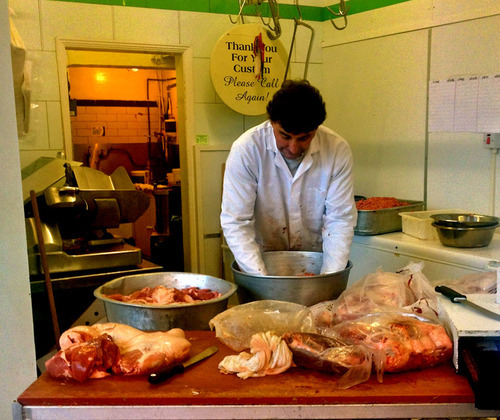
Local Butchers provide traceable food – Maskill’s Butchers, Hebden Bridge – making the sausages.
The scandal of Findus, and supermarket own brand foods being contaminated with horse DNA (or in Findus case, ‘Beef’ lasagne being made of 100% horse meat!), has seen big multinational companies completely rushing to lay the blame squarely at the feet of their suppliers. This raises a very important question. At what point can a seller (ie in this case supermarket) wash its hands of responsibility for what it sells?
It seems that all blame is put on the suppliers and they in turn are blaming their own suppliers. There seems to be a bit of a ‘poor old us – being sent this ‘awful food’ attitude. Surely as a seller to the public, you have a responsibility to know exactly what you are selling? It also points at how the longer the supply chain, the harder it is to trace where the original ingredients come from. Some of these products re now being revealed to have travelled through 4 or 5 countries before they reach your kitchen.
There is much talk behind closed doors of how some of the big names are hammering suppliers for lower and lower prices, which in turn undoubtedly means suppliers cutting corners. When the likes of Tesco make a PROFIT of £6,500.00 PER MINUTE, surely there is an ethical point where suppliers are not squeezed to make things cheaper just to please the supermarket shareholders. If you squeeze your suppliers beyond their ability to make profit expect things like meat contamination to happen. (this isn’t a Tesco bashing post by the way, they happen to be the ones highlighted in the press the most).
I spoke about 2 months ago to one supplier to the big 4 supermarkets and was astounded to hear the pressure they were put under once contracts were signed. Their words were “There will be scandals very soon. There is bound to be, suppliers cannot survive under such pressure to reduce costs without cutting corners”. They were right!
So for us as a family, even more than before, we rely on our local butcher. On their wall is a number, which indicates the cow where the beef that day comes from. Our other butcher knows his suppliers by name, and has his own farm, where eggs, pork and beef are all reared by him and his family. Last week we watched as he poured the red wine into the big pan as he was making venison and red wine sausages. And before you say “What about the cost though – not everyone can afford the local butcher prices?” – 6 locally reared, hand made venison & red wine sausages (and they were huge!) for £2.00. Beat that any supermarket ‘finest’ range.
In the end, If we care where your food comes from, we need to shop where the person who serves you cares where your food comes from too. It’s that simple. And if what the shop sell is not up to standard, should they not be held account?
Lets hope that all of this leads to people starting to look closer into where their food comes from, and demanding to know the supply chain. That way a lot of good can come from this, both for the public as a health issue and for small independent businesses, who in turn contribute to our local economies.
And I managed that without one horse pun..
